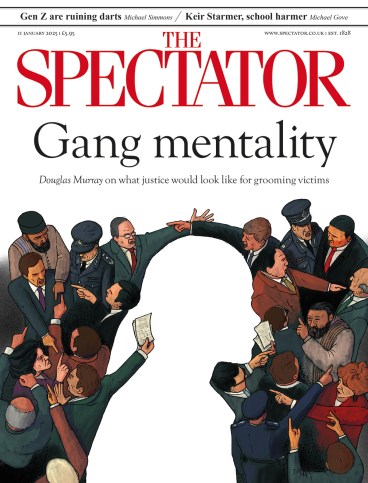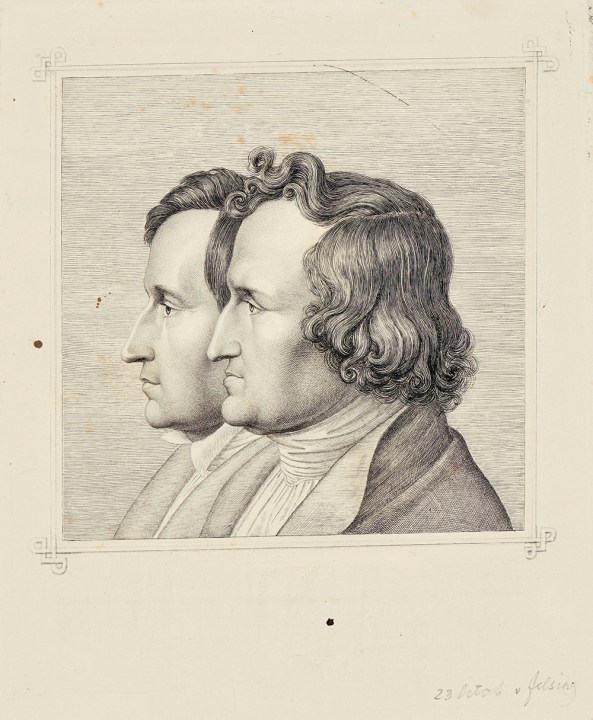
Philip Hensher has narrated this article for you to listen to.
It might help if we stopped calling them ‘the Brothers Grimm’, which always makes them sound like characters in one of their fairy tales. We don’t talk about ‘the Sisters Brontë’, after all. In reality, Jacob and Wilhelm Grimm have been described, very accurately, as ‘visionary drudges’. The Children’s and Household Tales, the first edition of which was published in 1812, was only a part of their grand project to establish a German cultural and linguistic identity. The brothers were primarily philologists, concerned with the meaning and history of words, and their investigation of German folk culture, narratives, myths and legends was rooted in an austere examination of language.
Household Tales came at the beginning of long careers, and were followed by much more rigorous projects. A study of German legends and an extremely taxing and thorough work on German mythology followed. One might guess that when George Eliot makes it clear in Middlemarch that Mr Casaubon can’t write The Key to All Mythologies because he is ignorant of German, she has Jacob Grimm’s 1835 German Mythologies in mind.
Jacob’s linguistic works include a History of the German Language and a remarkable German Grammar, which would on its own have preserved his name. He would have preferred it to have been called Germanic Grammar, since it explores the relations between different Germanic languages, including English. Since William Jones’s lectures in Calcutta in the 1780s, scholars had been investigating the links between Indian languages such as Sanskrit and those of modern Europe. Jones’s example was the journey of the Sanskrit word duhitar (perhaps ‘one who brings the milk’) to the English word ‘daughter’.

Magazine articles are subscriber-only. Keep reading for just £1 a month
SUBSCRIBE TODAY- Free delivery of the magazine
- Unlimited website and app access
- Subscriber-only newsletters








Comments
Join the debate for just $5 for 3 months
Be part of the conversation with other Spectator readers by getting your first three months for $5.
UNLOCK ACCESS Just $5 for 3 monthsAlready a subscriber? Log in